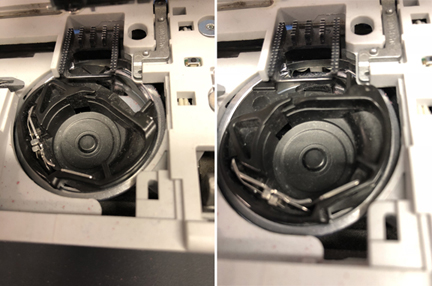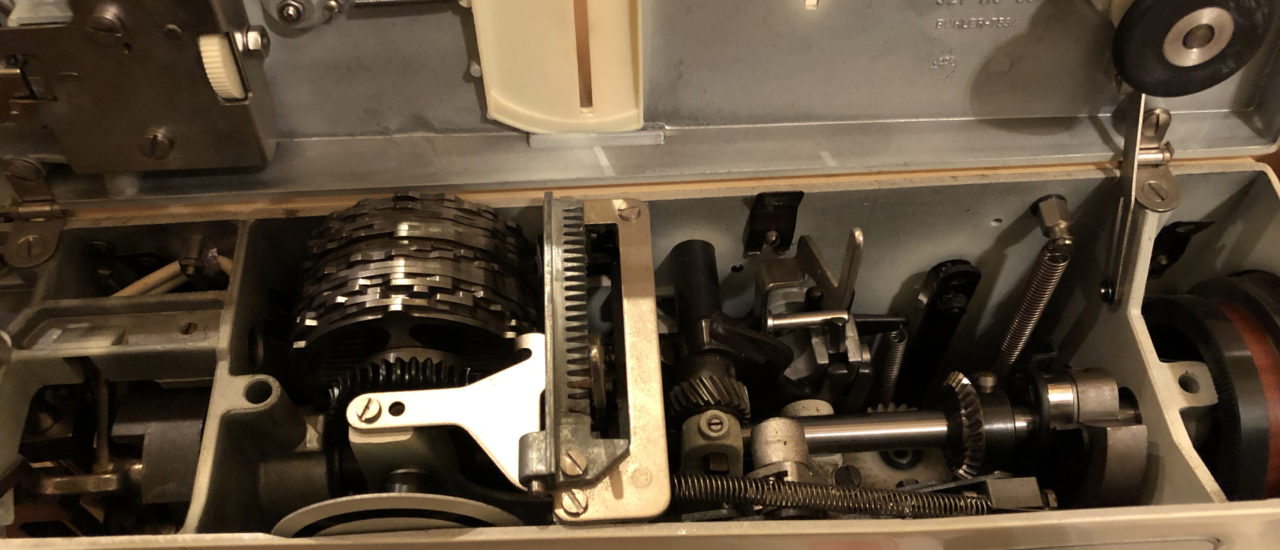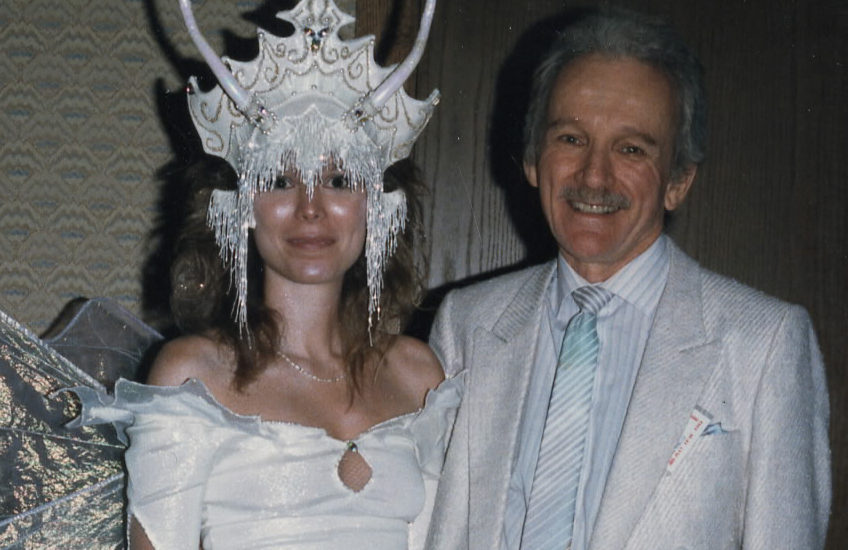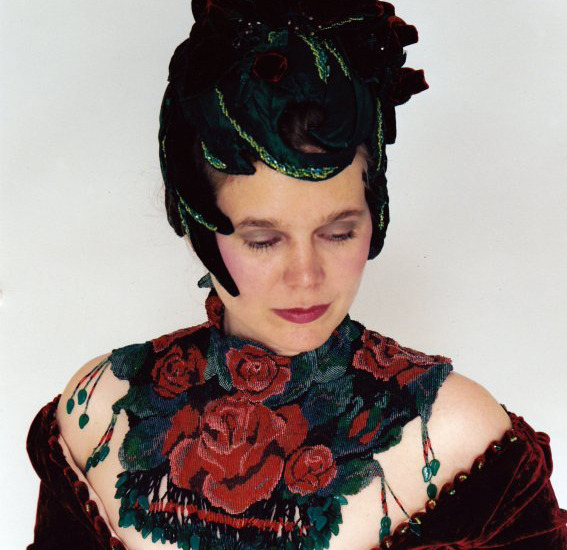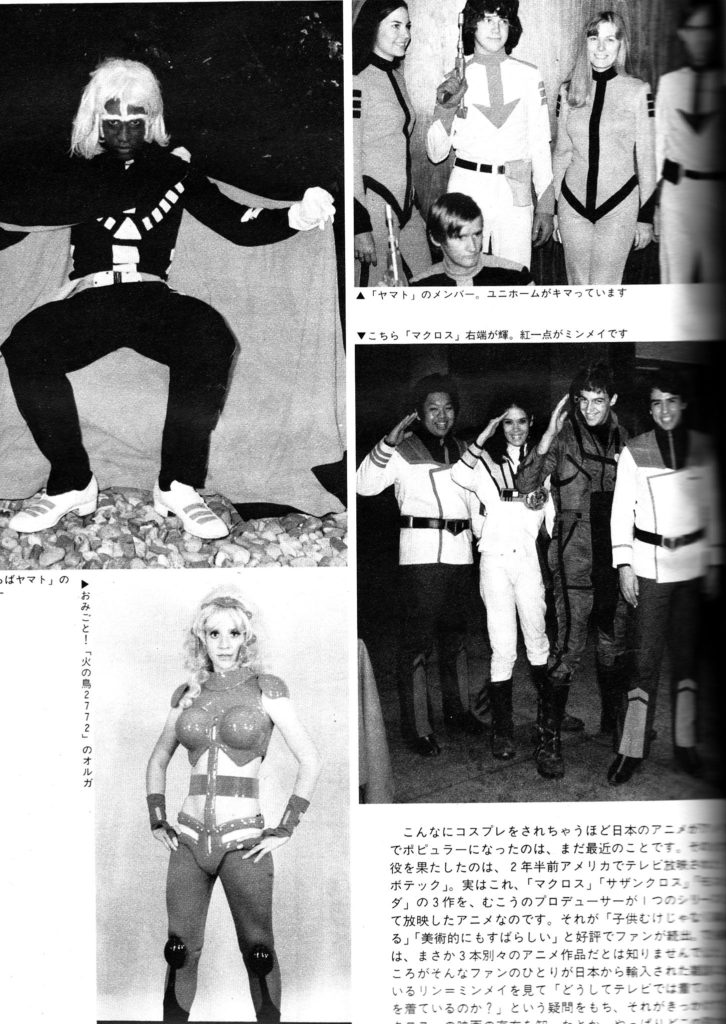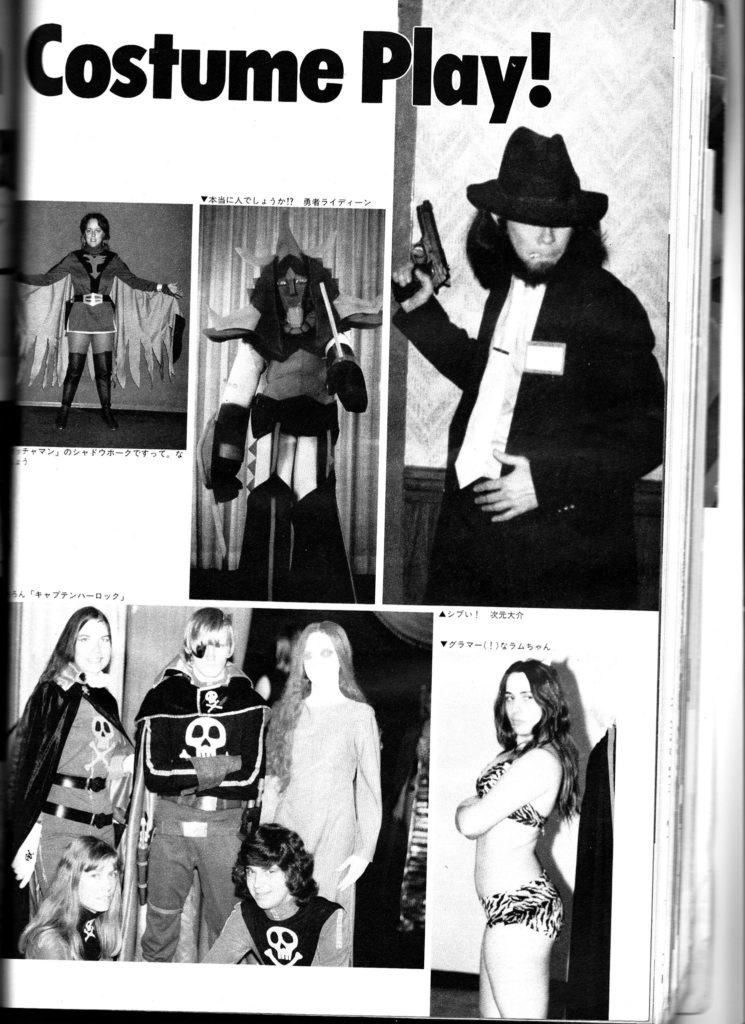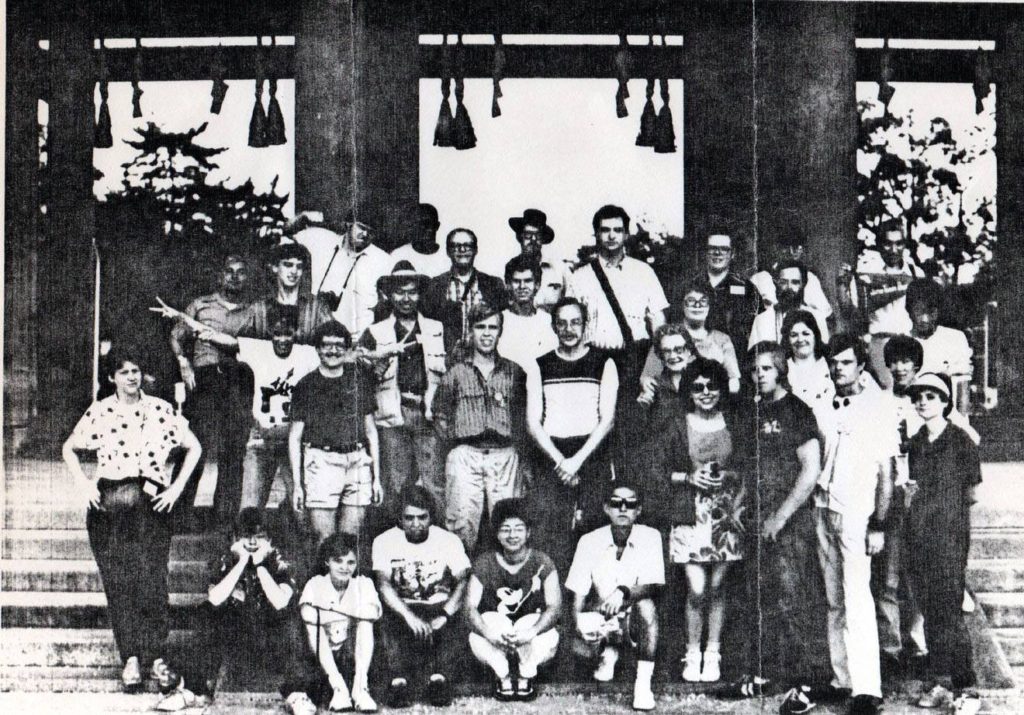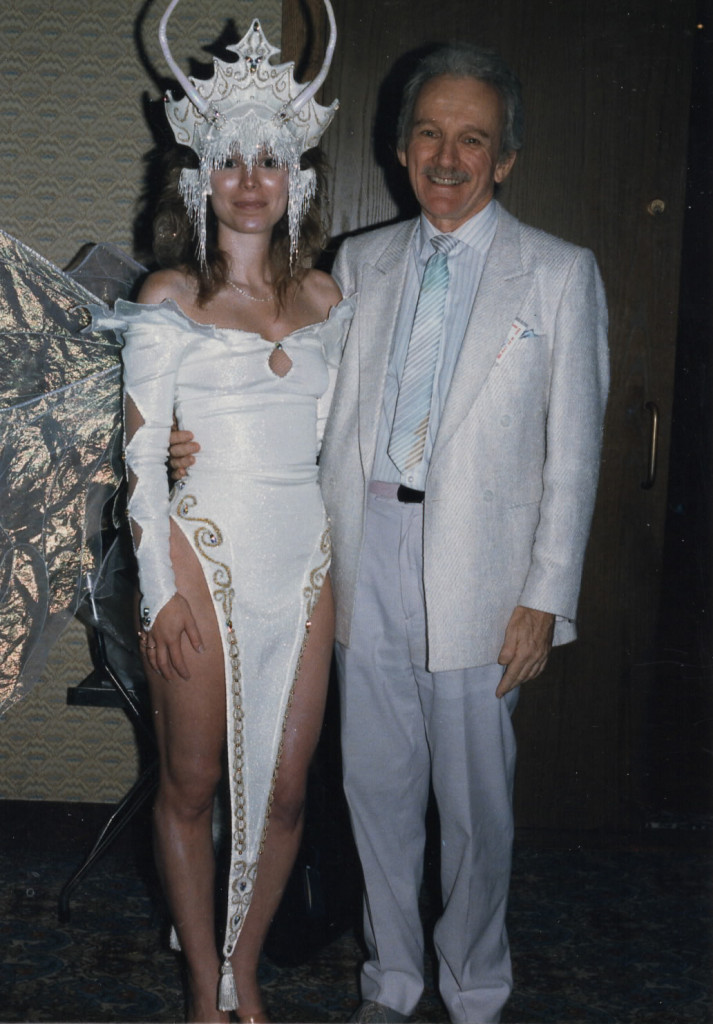
When you travel, everything is viewed though the lens of your new and different environment. Things are just a bit out of step as you navigate that different culture. It’s part of the exhilarating nature of travel. Paradoxically, this strangeness can be felt more deeply in places where one actually speaks the language. You might expect culture shock when surrounded by a foreign language. Everything is unfamiliar, and you expect it to be so because of the language prompt. If you speak the same language, you might assume that that means everything will translate evenly, and communication will be a breeze. This is a mistake, and not just because of regional vocabulary.
As you spend more time immersed in the Irish culture, you become aware of the effect that the Irish language has had on the English language spoken here. For a very long time, the English language was forced upon the Irish by their colonizers, but they did not revert to the Irish language when they won their independence in 1922. It was explained to me by a local, that they used English textbooks to teach their kids, because that was what they had on hand, and money was tight for the new nation. Then they realized that they were continuing to lose their native tongue—and not at the hands of the English. Irish was then added as a requirement in schools to stop this cultural disaster. Signage here remains in both languages. Still, it’s English that is spoken here on a daily basis, with Irish as the second language—but not without significant changes to the English. Here is my first bumbling encounter with same.
For the first few months we were here, the question often asked of me was, “how long are you here for?” It took me months to figure out why I got such a puzzled look when I’d cheerily reply, with “I hope forever.” I think it was about the third time I got that very same look when I answered the very same question from three different people, that I may have looked more than a little confused myself. Was I hearing the question correctly? Why do they look at me so strangely when I say that I want to stay? Is it bad thing to want stay?
I only finally understood what was actually being asked when another kind Irish woman I was conversing with made the same inquiry. After I had given her my usual unsatisfactory answer, she tried again. Arms akimbo, eyes looking up and to the left, and with a deep breath, she phrased it in a different way than she had previously. At first, I had thought she had simply asked a different question—a follow-up question—but in what sounded like an awkward construction for her. Indeed it was. She had paused to figure out the American grammar for her Irish question, and asked. “When did you get here, then?” I suddenly got it. If I had not been so embarrassed, I would have face-palmed. It was the most enlightening moment I had had to date on this stay in Ireland. (The most enlightening moment I have ever had in Ireland came 20 years ago, but that is a post all in itself.) The mother tongue, always affects a second language. Although English is what is spoken here, it is still the country’s “second” language.
I knew this, but I did not have any familiarity with the Irish language to clue me in to what I might expect. I do, however, have a tiny bit of Scottish Gaelic, and that is as close a cousin as one can get to Irish in the Celtic languages. The sentence construction is very different in this group of languages, and so my passing familiarity with one of them finally made it click. She was not asking how long I was goingto stay. She was asking how long I hadstayed. It was not a new question. It was the same one. I added this tidbit of cultural knowledge to the Irish “And yourself/herself/himself?” construction many are familiar with, and vowed to keep my ears open for more sentence construction peculiar to Irish English. The next step is to get a “roadmap” of the possibilities, and that means learning Irish. ‘S math sin!

